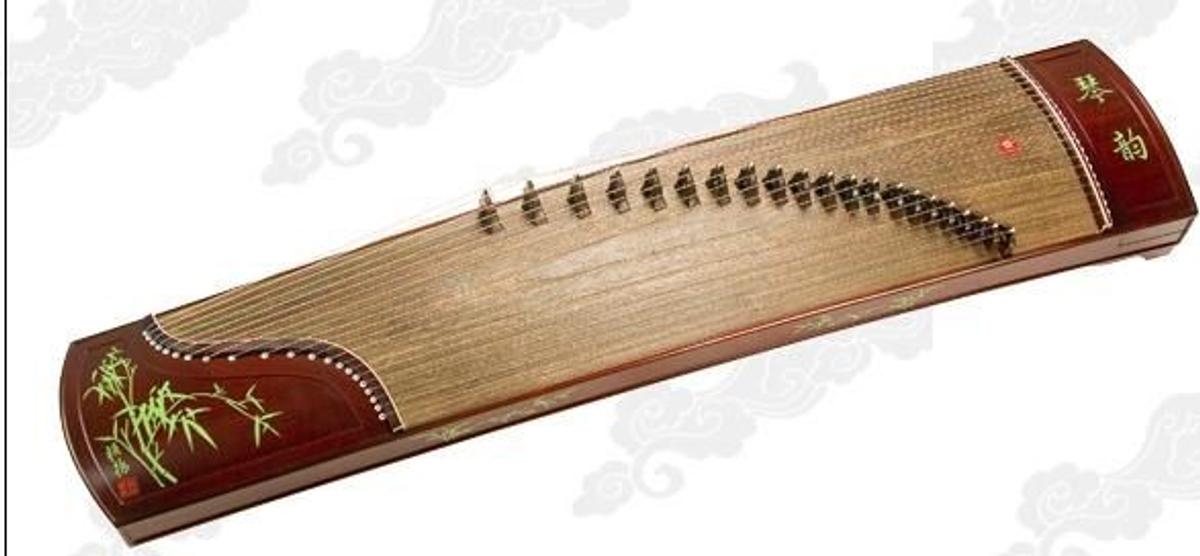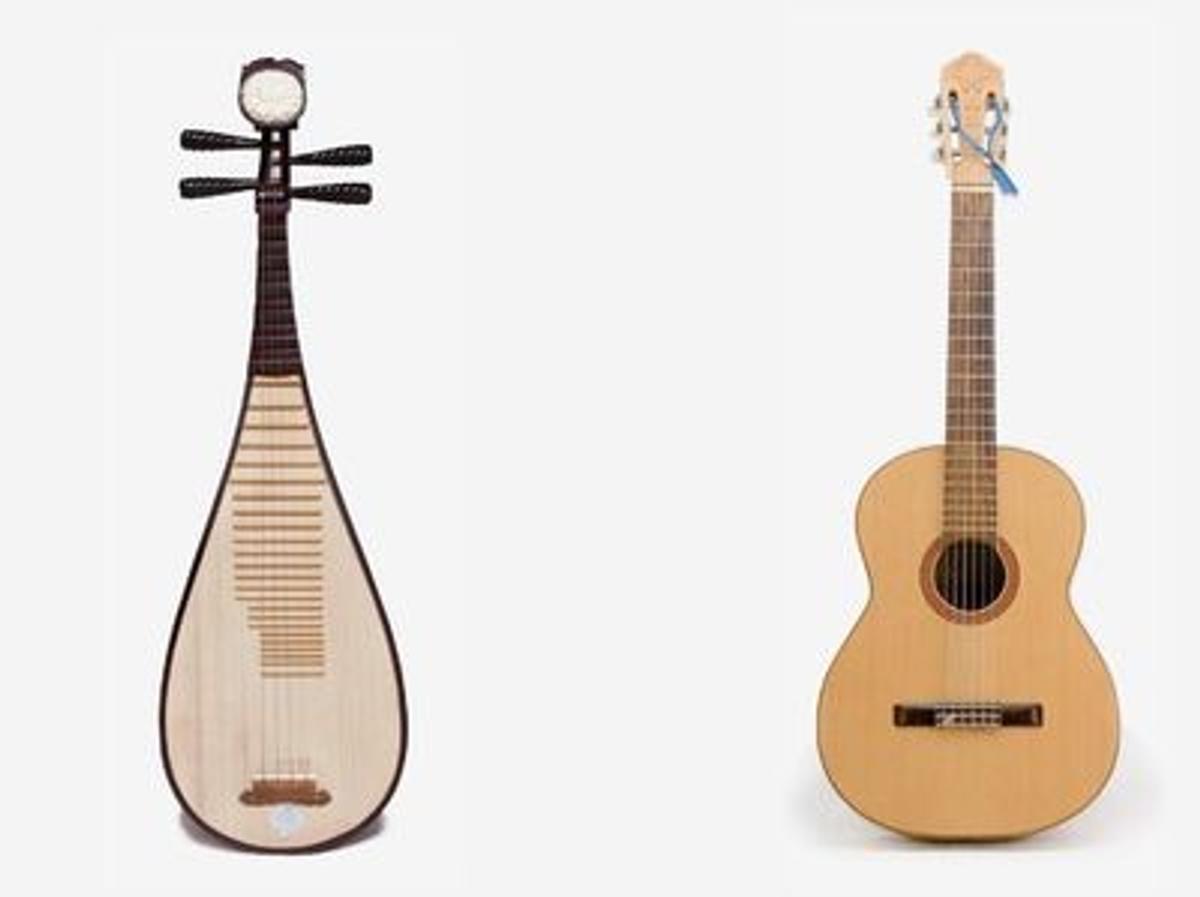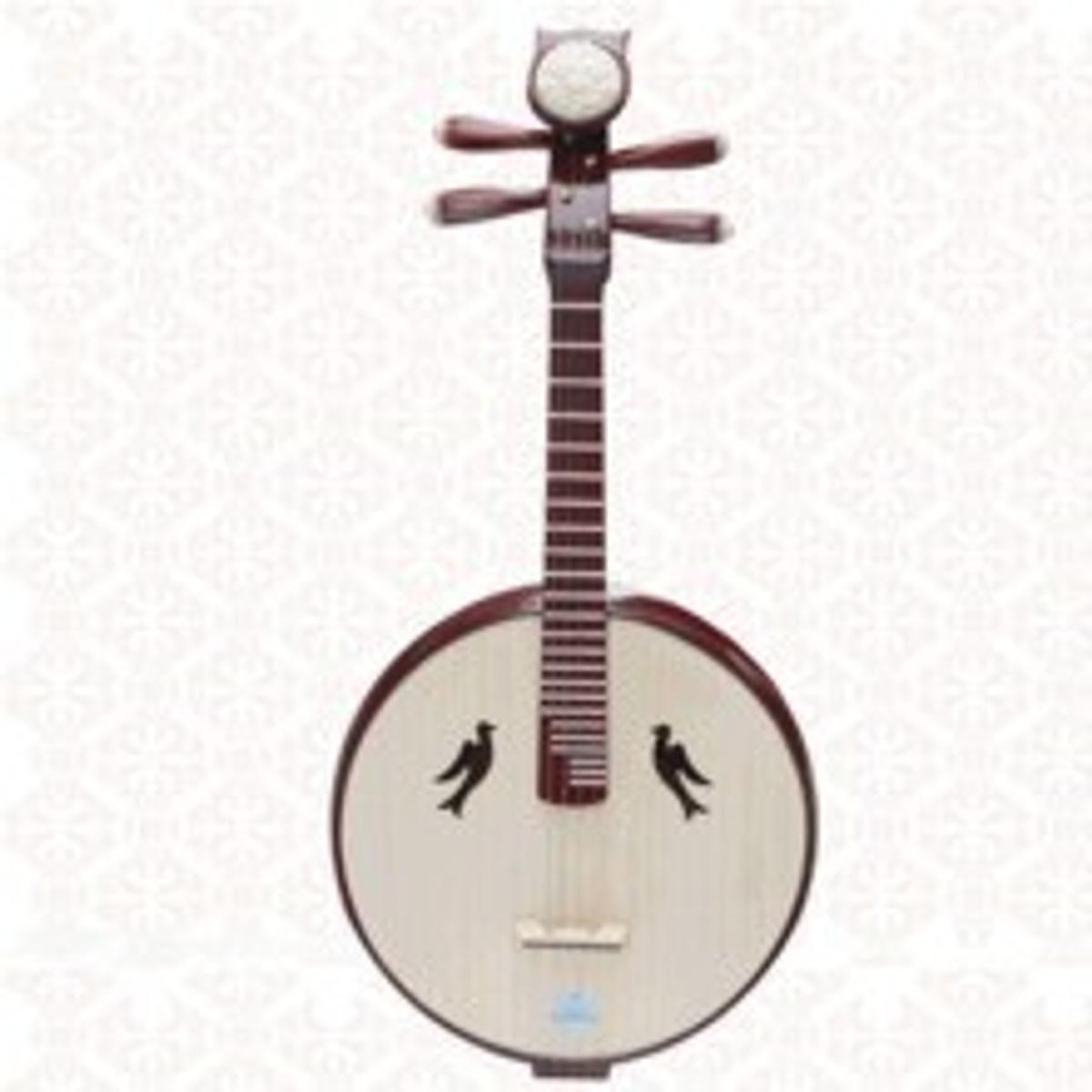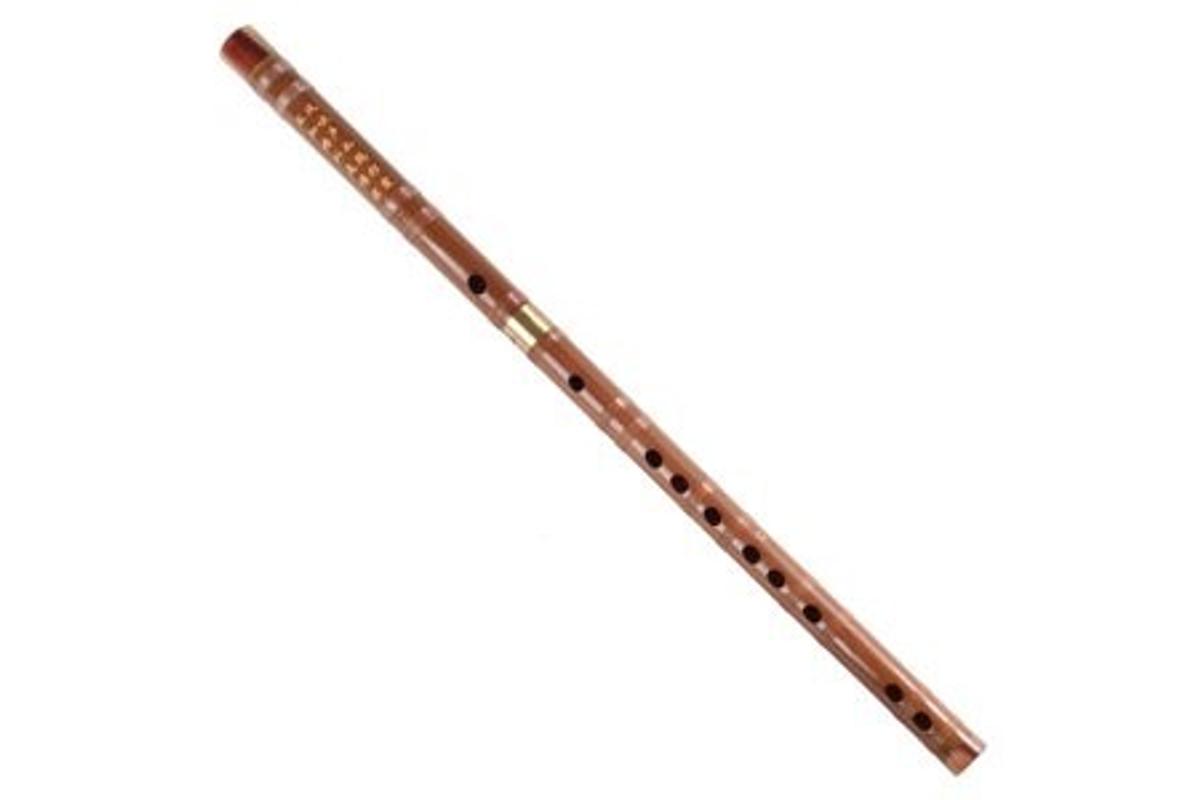International Student Program
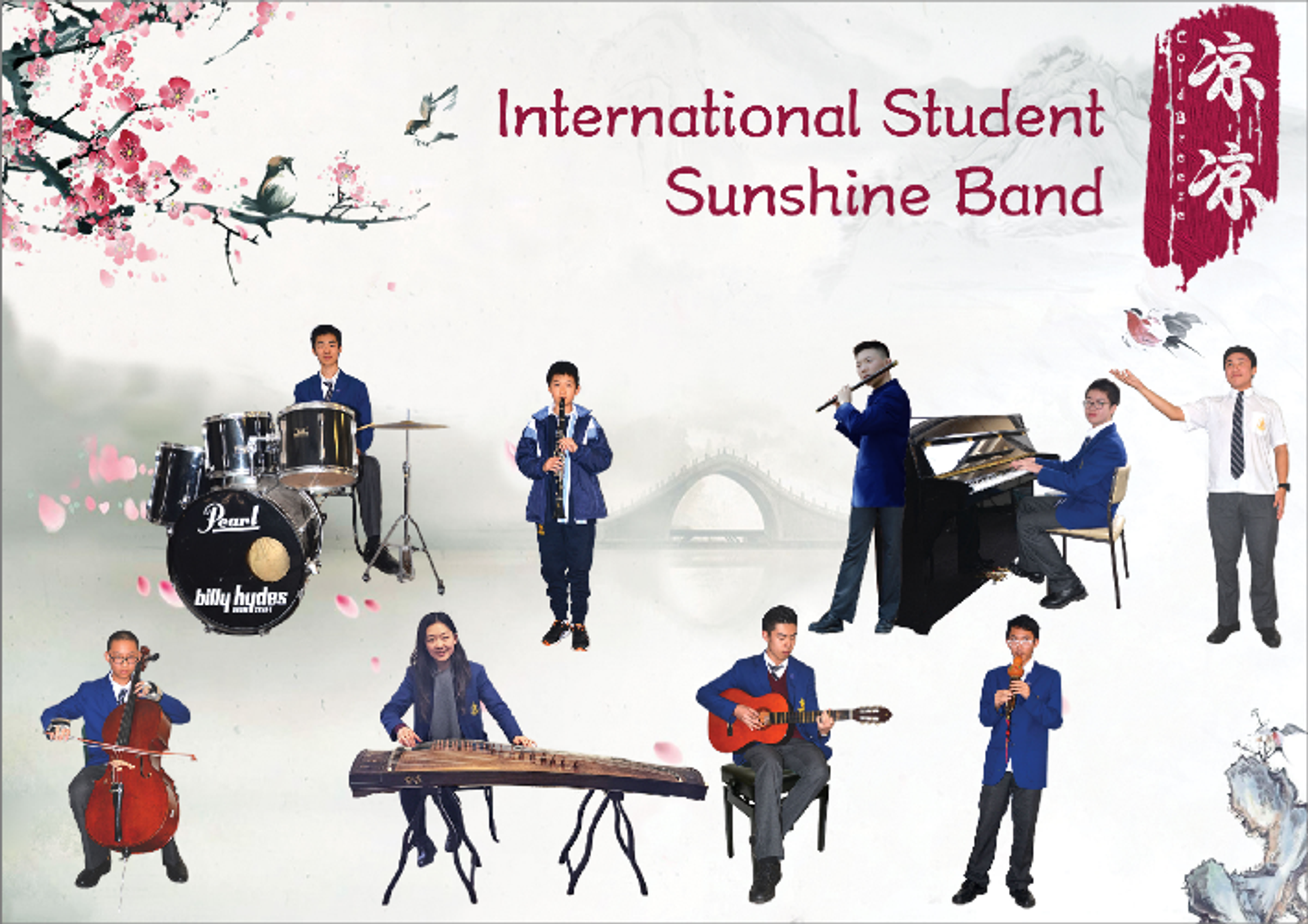
International Students' Music Band
Hello everyone,
My name is Desmond Pang , a Year 12 student and the leader of the international students’ music band. The performance our band presented on Multicultural Night and during the whole school assembly is a traditional Chinese music piece called ‘The Emperor’. It is an VOCALOID music which is originally uploaded to the internet. I modified and composed it with piano, western flute, electric guitar and few traditional Chinese instruments which we will mention later on. The background story of the song talks about the Three Kingdoms (AD 184/220–280) which was the tripartite division of China between the states of Wei, Shu, and Wu. ‘The Emperor’ is very popular because of its domineering style and the strong historical atmosphere.
During the performance we showed four different traditional Chinese instruments which are :
Guzheng:
The guzheng (Chinese: 古箏), also known as the Chinese zither, is a Chinese plucked string instrument with a more than 2,500-year history. It has 16 (or more) strings and movable bridges. The modern guzheng usually has 21 strings, and is 64 inches (1,600 mm) long. It has a large, resonant cavity made from wutong wood. Other components are often made from other woods for structural or decorative reasons. Guzheng players often wear fingerpicks, made from materials such as ivory, tortoiseshell, resin or hard plastic, on one or both hands. The guzheng is ancestral to several other Asian zithers, such as the Japanese koto.
Pipa:
The pipa (Chinese: 琵琶) is a four-stringed Chinese musical instrument, belonging to the plucked category of instruments. Sometimes called the Chinese lute, the instrument has a pear-shaped wooden body with a varying number of frets ranging from 12 to 26. The pipa is one of the most popular Chinese instruments and has been played for almost two thousand years in China. The pear-shaped instrument may have existed in China as early as the Han dynasty, and although historically the term pipa was once used to refer to a variety of plucked chordophones, its usage since the Song dynasty refers exclusively to the pear-shaped instrument.
(left: Pipa Right: Guitar)
Ruan:
The ruan (Chinese: 阮; pinyin: ruǎn) is a traditional Chinese plucked string instrument. It is a lute with a fretted neck, a circular body, and four strings. Its four strings were formerly made of silk but since the 20th century they have been made of steel (flatwound for the lower strings). The modern ruan has 24 frets with 12 semitones on each string, which has greatly expanded its range from a previous 13 frets. The frets are commonly made of ivory or in recent times of metal mounted on wood. The metal frets produce a brighter tone as compared to the ivory frets.
Di:
The Di is a Chinese transverse flute. It is a major Chinese musical instrument, and is widely used in many genres of Chinese folk music, as well as Chinese opera, and the modern Chinese orchestra. Traditionally, the dizi has also been popular among the Chinese common people, and it is simple to make and easy to carry. Most dizi are made of bamboo, which explains why dizi are sometimes known by simple names such as Chinese bamboo flute.

